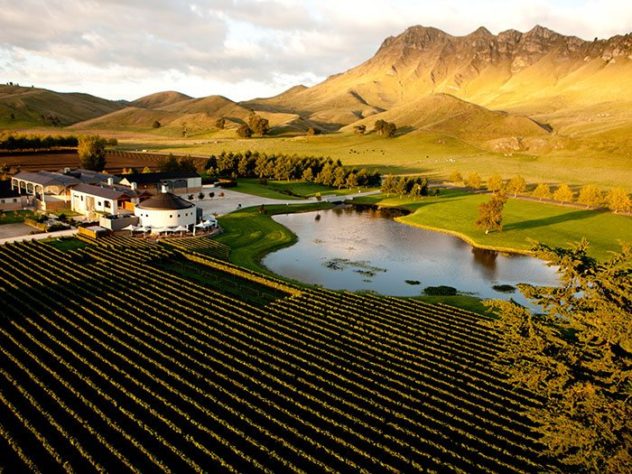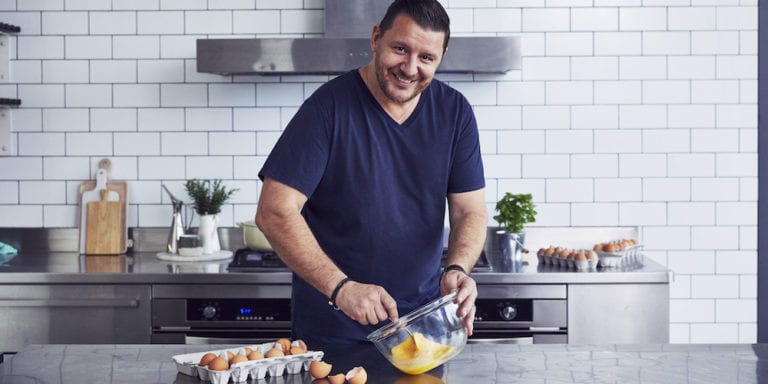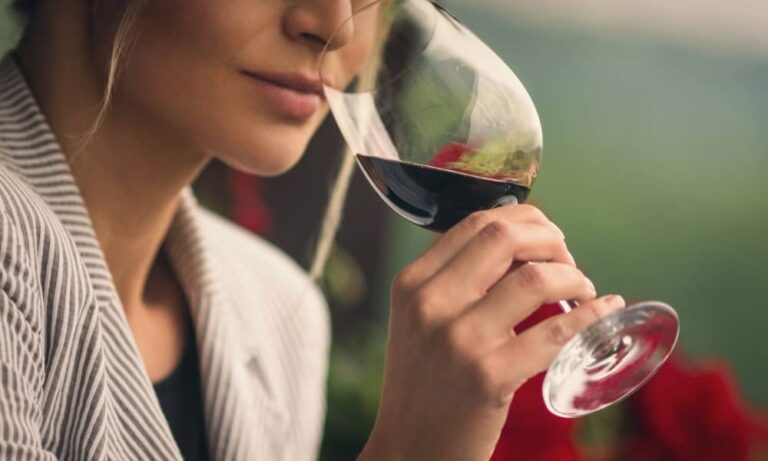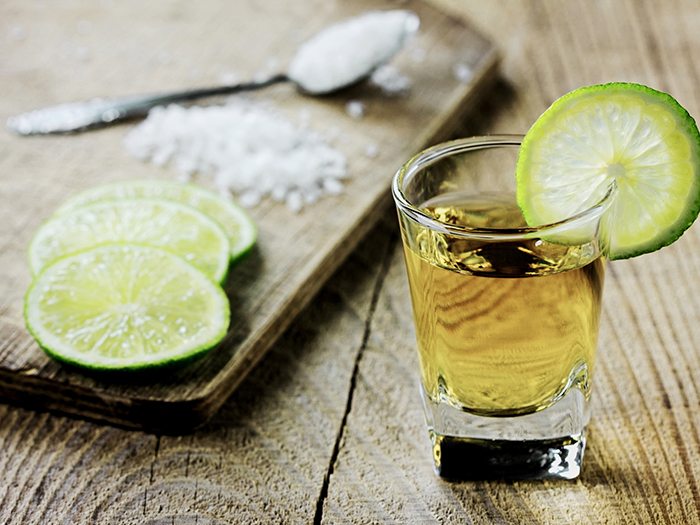In the beginning was the word. In 1851, with the pope’s blessing, French missionaries made their way south from the Bay of Islands and established a settlement near the Ngaruroro River between Hastings and Napier. Spreading the gospel, they moved a little way upriver a few years later to found a larger community. Where there are priests, there will be a mass, the communion service where bread and wine are shared. So the missionaries planted grapevines.
In 1870, one of Hawkes Bay’s many earthquakes altered the river’s course: its bed became a dry, stony, apparent wasteland. Today it is known as the Gimblett Gravels. The priests kept making their wine, for the mass and to raise funds for the college they had established. The land flooded; they moved again. In time, their property became known as the Mission Estate, New Zealand’s oldest vineyard.
The brothers were not the only visionaries to see the potential in Hawkes Bay’s soils and sunshine.
In the early 19th century, Maori grew peaches from stones they had been given by traders. Missionaries planted fruit trees and vegetables.
In 1892 James Nelson Williams planted a large orchard near Hastings and opened a factory to can peaches, apples and pears. And if there is one thing that defines the true Kiwi, it must be Wattie’s. James Wattie opened his company in Hastings in 1934, pulping and canning fruit and vegetables, later selling jams, soups, baby food, frozen veges, pet food and ready-meals. Not to mention tomato sauce.
A flock of 3000 merino sheep was driven into the region in 1849. First farmed for their wool, when refrigeration reached the Bay in 1884 sheep could be farmed for meat, and difficult hill country became productive. Freezing works opened through the region and became major employers. With an abundance of meat, fruit, vegetables and wine, Hawkes Bay had become the food bowl of New Zealand.
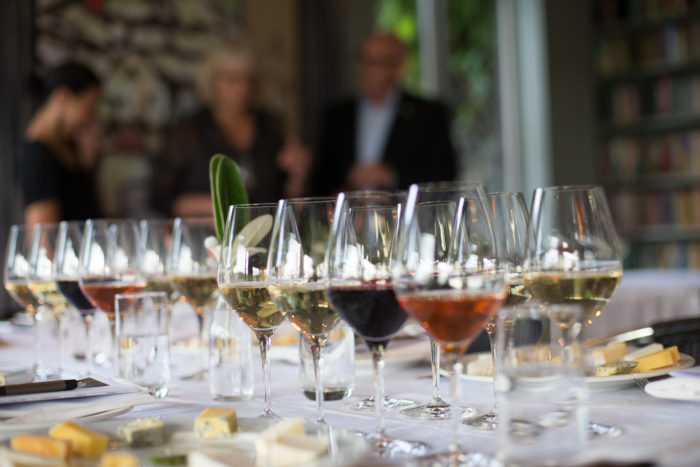
PRESENT DAY
The word wasn’t getting around. By the first decade of this millennium, people had all but forgotten where their food and drink was produced, and how; it was enough that it was in a nice, clean vacuum pack or bottle in the supermarket when they did the weekly shop.
Annie Dundas, general manager of Hawkes Bay Tourism, recalls: “We knew that Hawkes Bay was a fantastic food and wine producing region.
“We decided to showcase the food and wine produced from our landscape in the stunning locations in which they were grown,” she says.
That concept is FAWC – and before you say that out loud, it is shorthand for Food And Wine Classic, and is pronounced the same way as the utensil that’s in the other hand from your knife.
The first event was held in 2012, and it’s grown to two festivals – summer and winter – every year. For the 2017 winter event, 64 gourmet experiences will be held over five weekends during June and July.
Each of those events is “out of the box” – it’s a meal, or a menu, or a food and wine experience that cannot be enjoyed at any other time other than those five weekends. Simply put, you have to be there. “Obviously,” Annie says, “there is a different focus between the summer and winter programmes. In winter we are thinking about nestling in front of the fire, and so the emphasis will be on our strong red wines, degustation menus and cheeses. We’ll also have cheesemaking classes. There’s live music, truffle hunts …”
Yet another Hawkes Bay gourmet treat: New Zealand’s small but growing truffle farming industry grew largely from the efforts of Alan and Lynley Hall, and Alan’s scientist brother Ian, who developed the technology to successfully produce the fungi here in the late 1990s.
Peter Gordon will headline the winter series with two events, one celebrating the Air New Zealand Fine Wine List by creating a menu using some of the Hawkes Bay wines on that list in a dinner at Craggy Range, next day cooking an autumn degustation lunch at Sileni Estate. However, FAWC is, at its heart, not about superstar celebrity chefs. It is designed to showcase the Bay’s exceptional spread of artisan food producers, winemakers, chefs and restaurants to locals and visitors from around the country. To spread the word.
FUTURE VISION
The word is out: first there was Marlborough sauvignon blanc, then came Central Otago pinot noir. The third wave of great New Zealand wine varieties is about to crash on to overseas shores: Hawkes Bay chardonnay.
Hugh Crichton believes so, and he knows what he’s talking about. The Vidal Estate winemaker has worked grand cru vintages in St Emilion as well as premier estates in Italy, Chard Farm in Central Otago and the biodynamic pioneers of Millton in Gisborne.
Since 2006, he has relished the opportunity to create some of the finest red (syrah, cabernet merlot) and white (chardonnay) wines from vines on that stony soil that was, until 1870, the bed of the Ngaruroro River. Where the monks planted their grapes to make communion wine: the Gimblett Gravels.
Crichton watches the Bay’s warm, dry summers; worries about his fruit when the temperature falls and the frosts come. “Hawkes Bay is perfectly suited to producing chardonnay,” he says. “It has the warm climate which produces a richness of fruit. Then it has cool nights to bring out the acidity.”
He joins his team to hand-pick only the best fruit, press it in the bunch and allow it to mature, naturally, in French oak.
“I don’t want the oak to become a big part of the wine,” he says. “This is chardonnay in the modern style, with a little more complexity, a little more acidity, but a very elegant style.”
This vintage represents the end of a decade-long project for Crichton and Vidal Estate: to create the ultimate chardonnay wine in Hawkes Bay, and take it to the world.
For him, and the other winemakers in the region, it has been a success. Leading wine critics and restaurateurs are now singing, or rather sipping, the praises of the variety. “If I was a betting man,” laughs Crichton. “I’d say prices are only going to go one way.” You heard the word here first.


